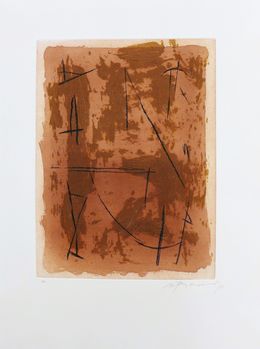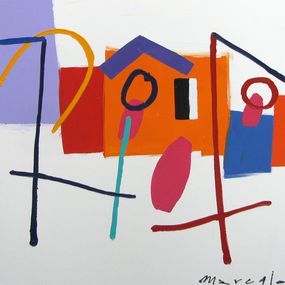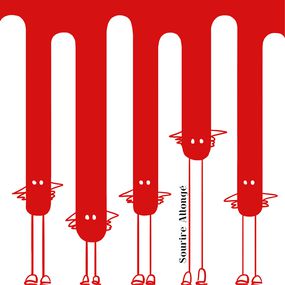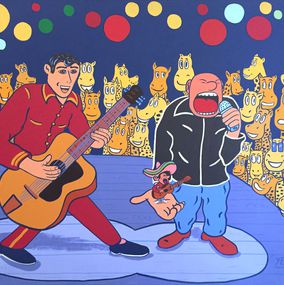

The poem is in none of the objects that surround us; it is in the view, in the imagination that our mind creates.
Biography
Albert Ràfols-Casamada (Barcelona, 1923-2009) is one of the central figures of Spanish lyrical abstraction. Son of the painter Albert Ràfols, he starts drawing at a young age. He comes into contact with the developments of Noucentisme, the Catalan art revival movement, and with the first avant-gardes, especially with the work of Pablo Picasso, Georges Braque and Joan Miró through various publications and trains himself in poetry, beginning with the poets from the Generación del 27.
In 1948 he abandons his architectural studies to devote himself entirely to painting. However, a structured conception of reality will be permanently present in all his work from when he begins with abstraction having overcome a first schematic figurative stage. In 1950 he moves to Paris, the city which will become, as for so many other Spanish artists, an invaluable source of knowledge and stimuli. Likewise, he would continue to expand his interest in poetry when in contact with the French production of authors such as Paul Éluard, René Char, Louis Aragon and André Breton. His return to Barcelona would suppose the purification of his abstraction to which he completely dedicates himself to from 1958 as a result of immersion in the study of landscape.
American Abstract Expressionism is one of the biggest influences present in his work from when he visits an exhibition in Madrid that brings him into contact with the work of Mark Rothko, Barnett Newman and Jackson Pollock, traditions that add to the culture already acquired from Albert Ràfols-Casamada of classical landscape. For this artist, landscape is an expression of his idea of the world; it is a direct experiential register through four basic elements: colour, stain, structure and rhythm. The colours used by the Catalan artist and their successful capture of the atmosphere, often full of reverberating light, determine his own painting style.
Nationality
Categories
Artistic movements
Themes
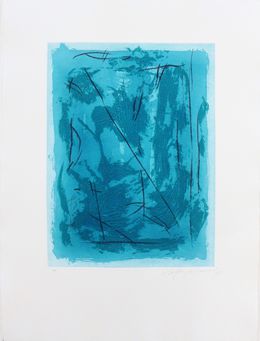

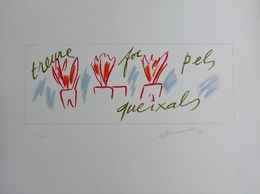
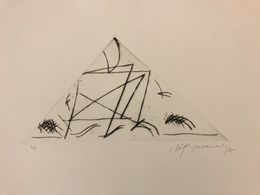
Albert Ràfols-Casamada
Print - 38.5 x 57 x 0.1 cm Print - 15.2 x 22.4 x 0 inch
€598
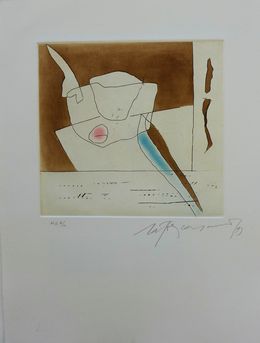
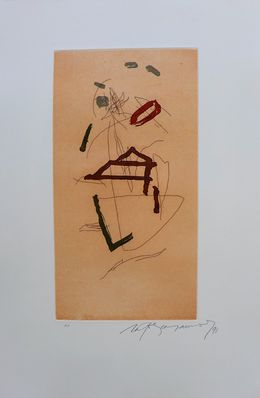
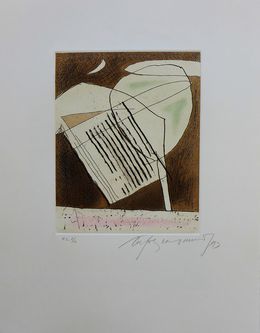






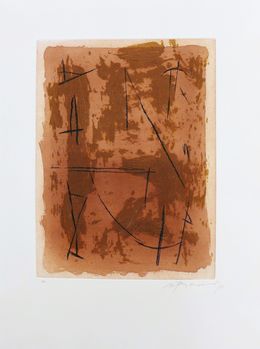
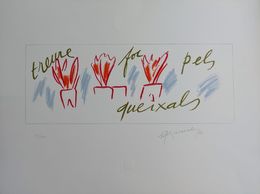

Albert Ràfols-Casamada
Print - 47 x 36 x 0.1 cm Print - 18.5 x 14.2 x 0 inch
€600

Albert Ràfols-Casamada
Print - 47 x 36 x 0.1 cm Print - 18.5 x 14.2 x 0 inch
€600




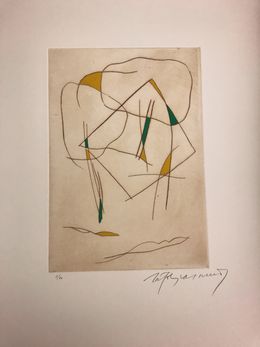






Albert Ràfols-Casamada
Print - 57 x 38.5 x 0.1 cm Print - 22.4 x 15.2 x 0 inch
€600
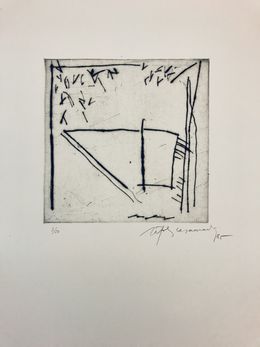
Albert Ràfols-Casamada
Print - 57 x 38.5 x 0.1 cm Print - 22.4 x 15.2 x 0 inch
€600
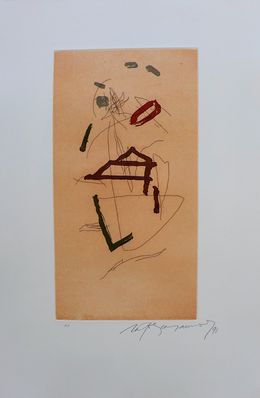
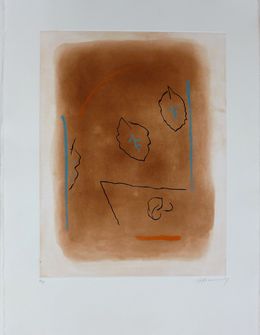

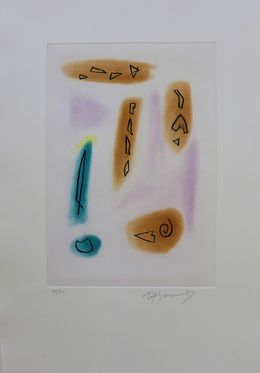
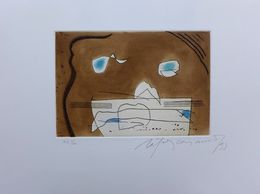
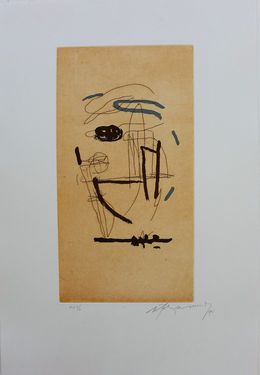
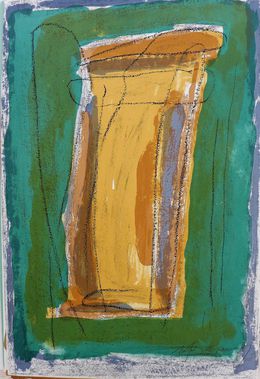
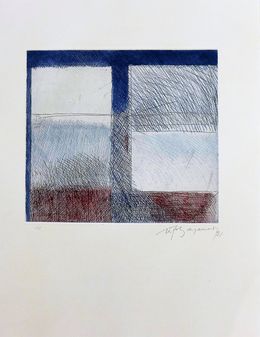

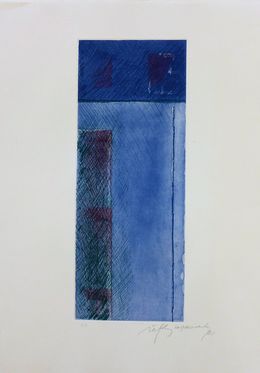

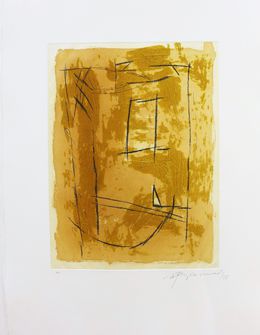
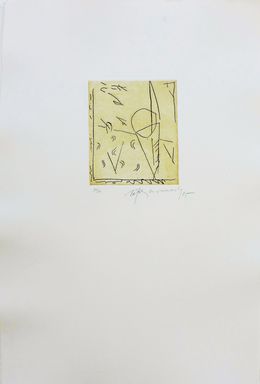


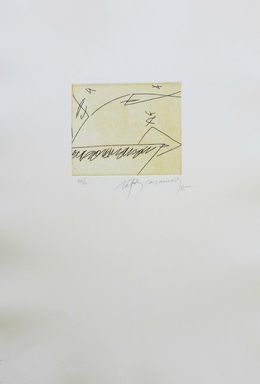







Albert Ràfols-Casamada
Print - 38 x 28.5 x 0.1 cm Print - 15 x 11.2 x 0 inch
€500

Albert Ràfols-Casamada
Print - 38 x 28.5 x 0.1 cm Print - 15 x 11.2 x 0 inch
€500
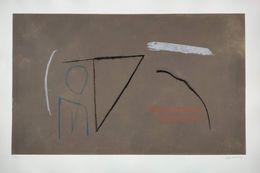
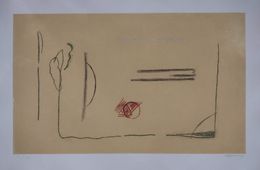
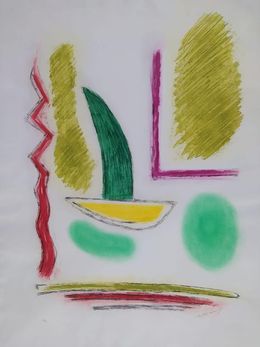



Albert Ràfols-Casamada
Print - 38 x 28.5 x 0.1 cm Print - 15 x 11.2 x 0 inch
€500
